Thoughts of Tam
By Craig Griffeath
The SF Bay Ospreys nest community mourns the death of 2020 fledgling Tam, aged 76 days. Though brief, his life touched many in ways he could never know, and which his many human supporters are now left to contemplate and celebrate. He leaves behind his parents Rosie and Richmond, along with his two Osprey siblings, and thousands of human followers on sfbayospreys.org.
Tam emerged from his shell on May 11 and quickly captured the hearts of SF Bay Osprey fans. Alongside his brother Lassen and sister Shasta he was, like his mountain namesake, the smallest and youngest of three. Though plucky and capable of holding his own in confrontation (as when defending a fish from the predations of siblings), he soon learned to adopt a more patient stance, allowing the two older chicks to tire themselves out squabbling before taking his turn to dine in relative peace. Tam grew up knowing what faithful nest watchers had learned in previous years: that mother Rosie, unfailingly even-handed in support of her nestlings, would always make sure he had enough to thrive.
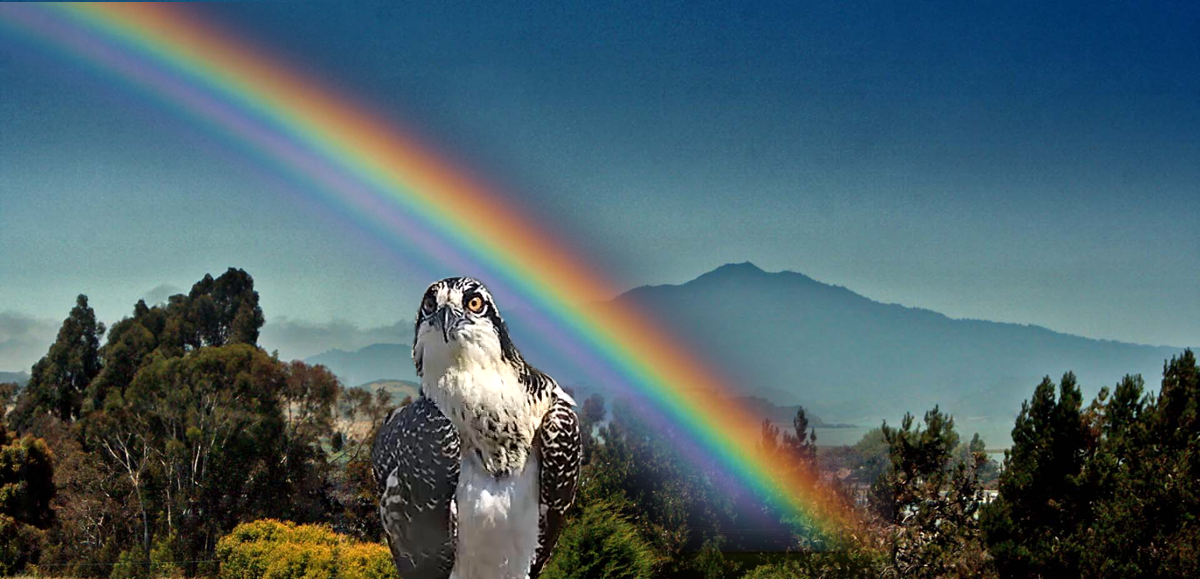 Collage in memory of Tam by Geonni Banner
Collage in memory of Tam by Geonni Banner
At other times, whatever commotion might be occurring elsewhere on the nest, Tam seemed content to gaze over the edge and observe the world beyond, his family life existing alongside a growing independent identity, an emerging “apart-ness” that would sometimes give him the air of a dreamer. Several watchers saw in him a reflection of 2017’s youngest hatchling Rivet. As a third-born child myself, I felt a particular affinity with Tam and his solitary dreaming. He had a natural underdog status that made him a favorite of webcam viewers during a year when the chemistry among the three nestlings seemed especially promising.
Longtime followers of the Whirley Crane nest know well that each season brings potential risks as well as rewards.
We thrill to watching Rosie lay her eggs, and exult to the hatching of the new chicks. We see them grow under their parents’ watchful eyes, and cheer as they learn to fly and then leave home to make their own future. The time of fledging is the most exciting, but also the most dangerous. Tam’s story parallels that of the first webcam fledgling, Whirley, who likewise suffered a mortal injury just one day after fledging in 2017. We grieved the loss of baby Gamma in 2019, and the unexplained demise of 2019 fledgling Peace-Up a few months later.…


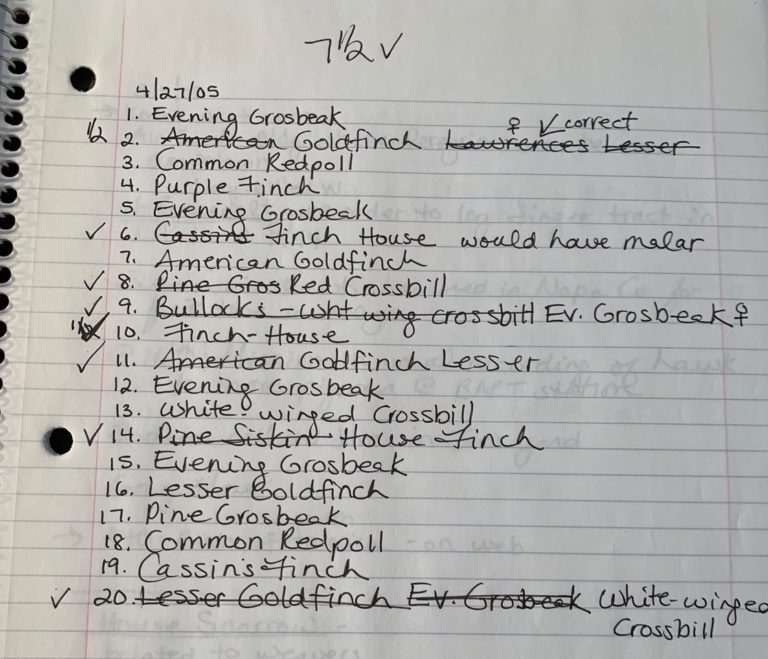
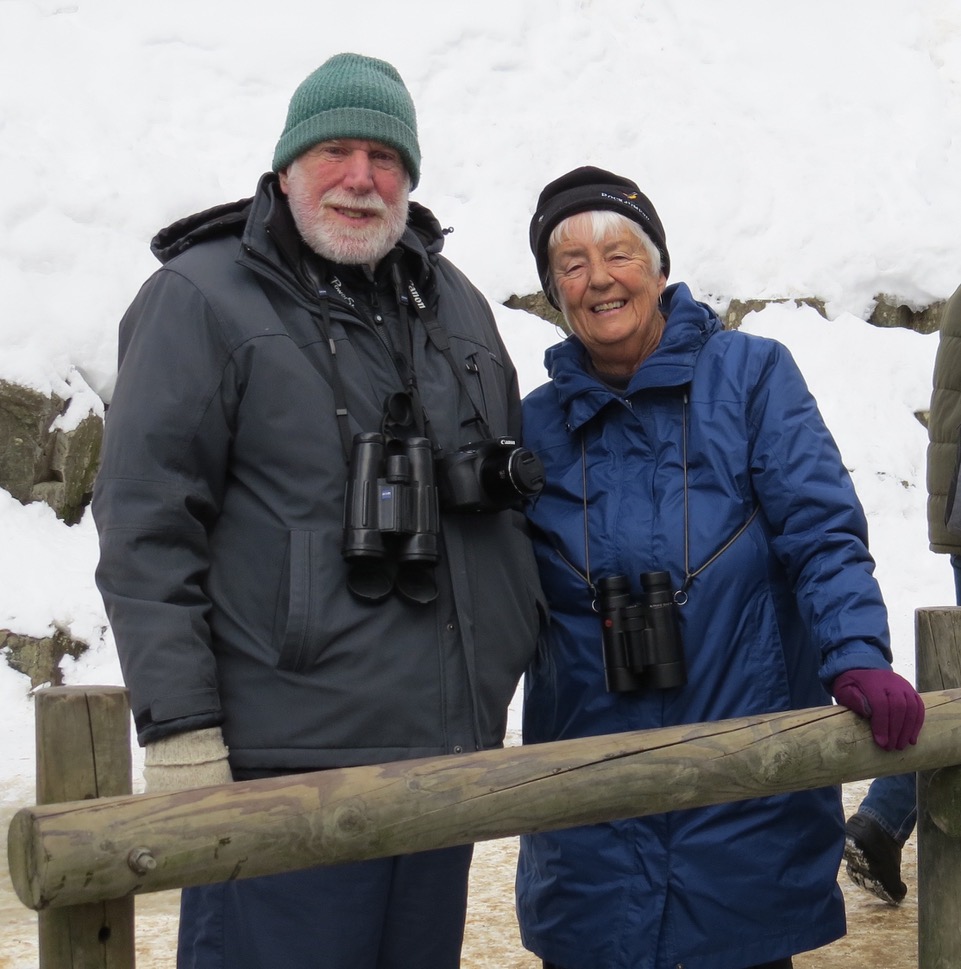 Joe Morlan and Robbie Fischer, Jigokudani Hot Springs, Honshu, Japan, February 14, 2019. Photo by Linda.
Joe Morlan and Robbie Fischer, Jigokudani Hot Springs, Honshu, Japan, February 14, 2019. Photo by Linda.

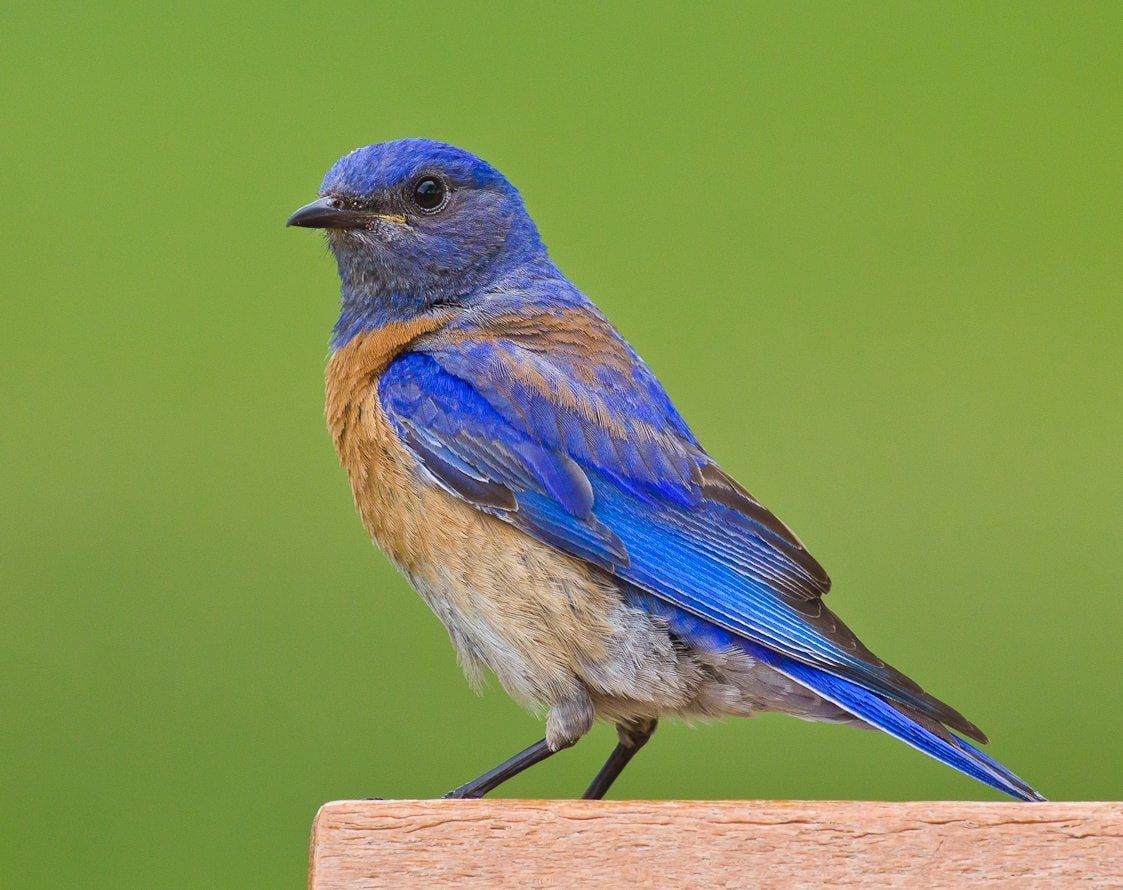 Male Western Bluebird by Allen Hirsch
Male Western Bluebird by Allen Hirsch
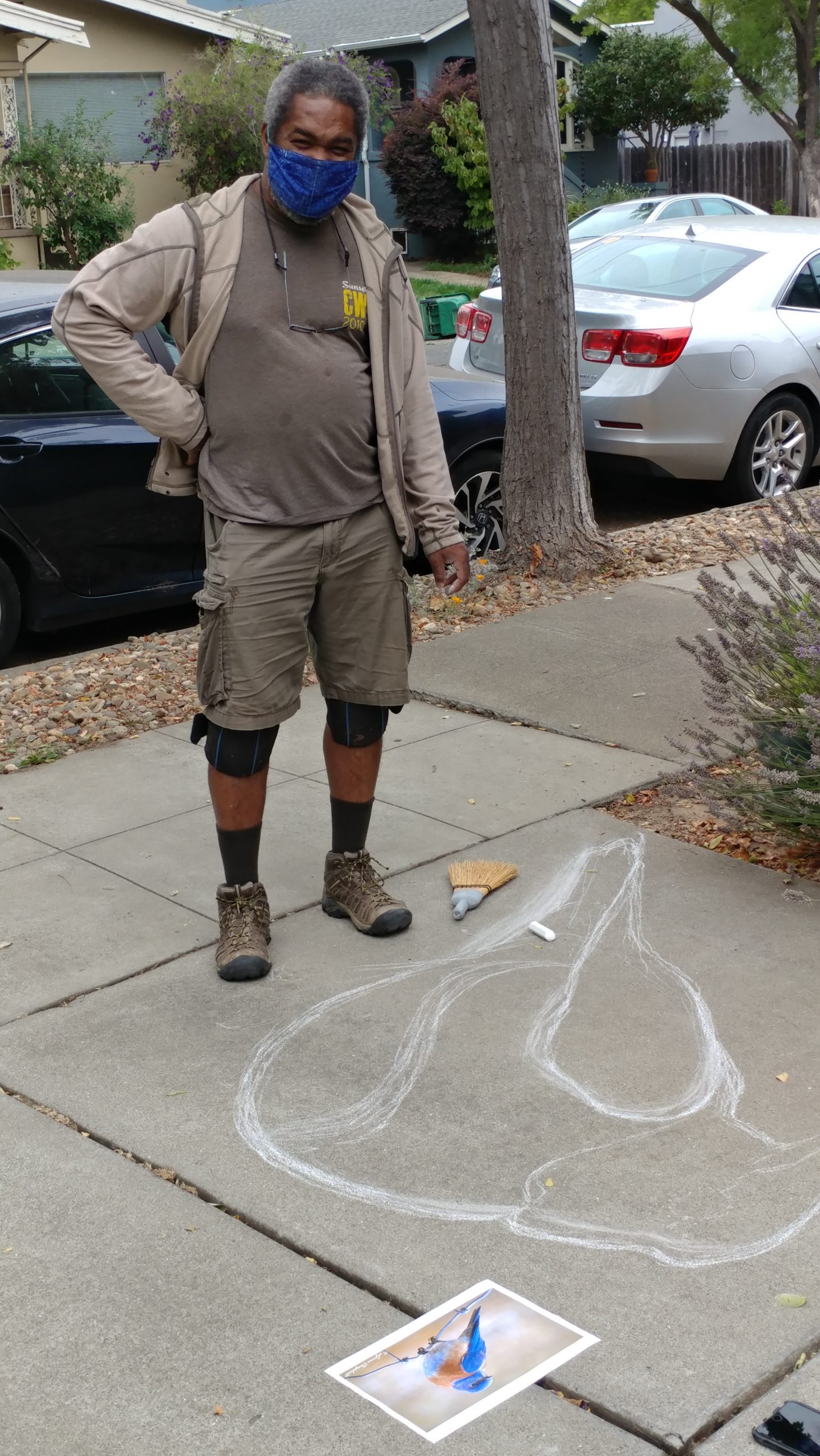 Socially distanced and masked, Clay gets to work on bringing Westy to life. Photo by Linda.
Socially distanced and masked, Clay gets to work on bringing Westy to life. Photo by Linda.
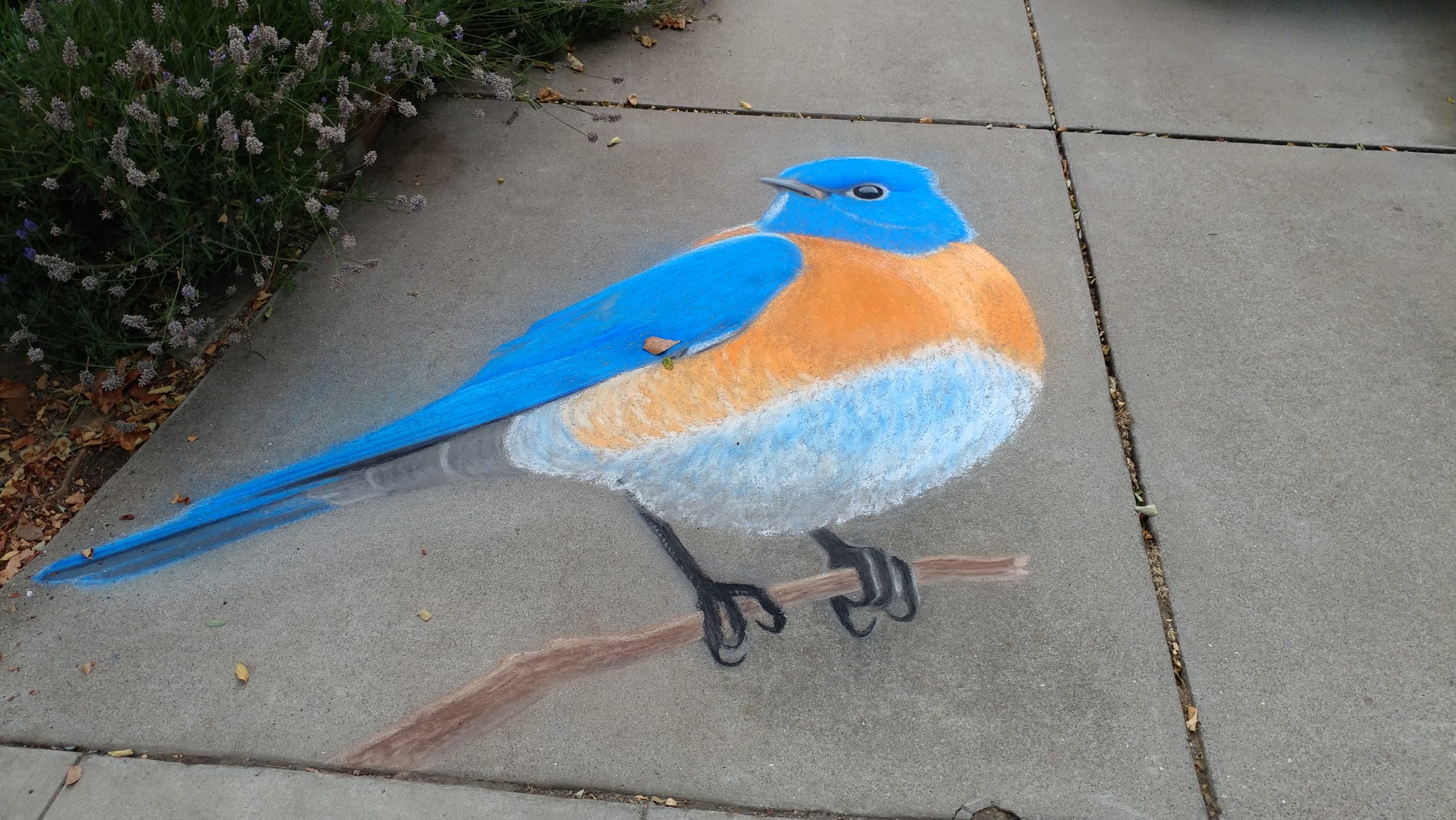 Westy. Photo by Anna Carloni.
Westy. Photo by Anna Carloni.
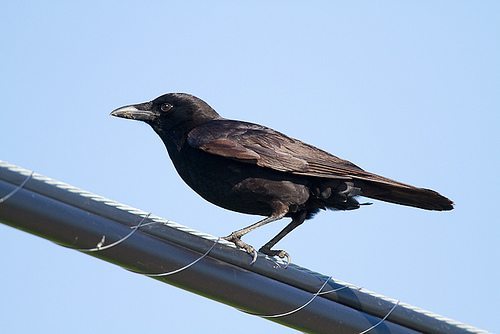
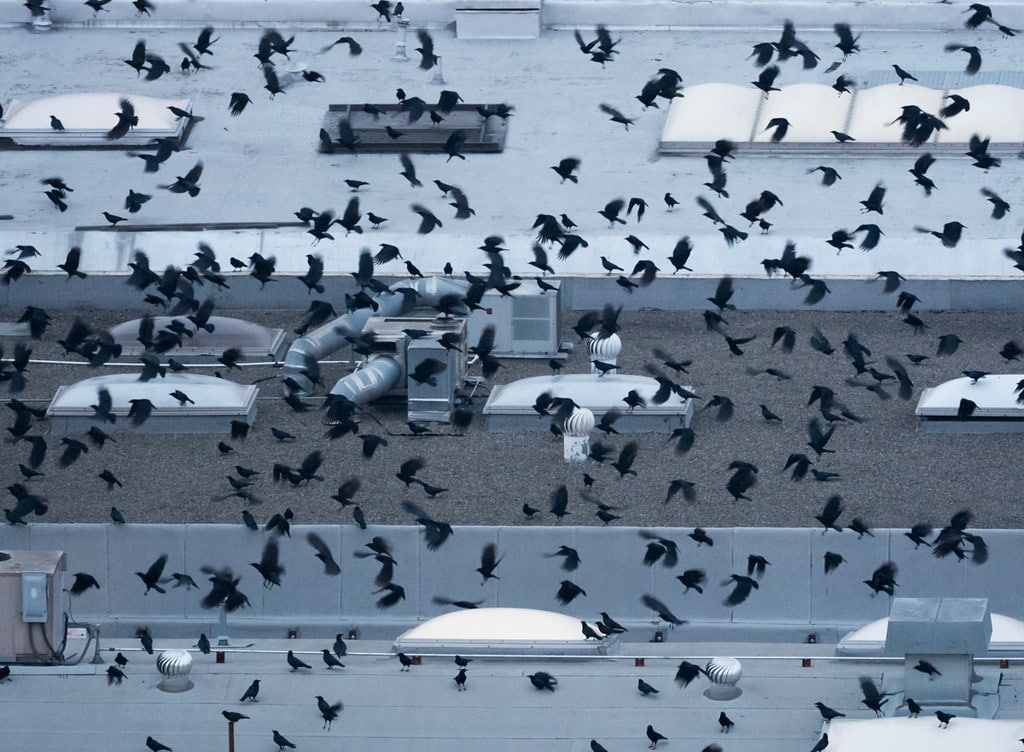 A murder of Crows by Ingrid Taylor
A murder of Crows by Ingrid Taylor
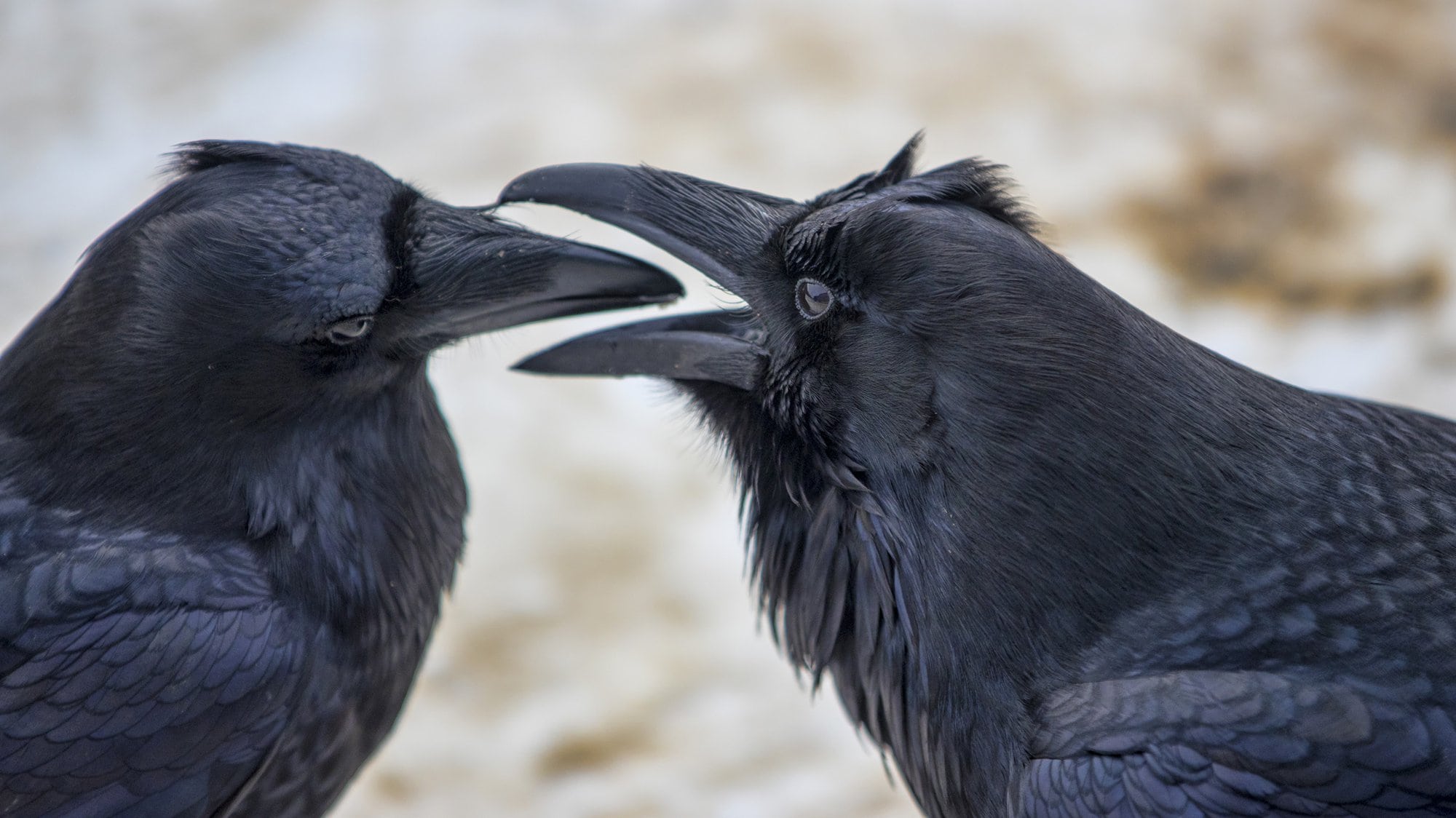 Photo by Stefon Linton
Photo by Stefon Linton
 California Gulls and Bonaparte’s Gulls on the waterway. Photo by Noreen Weeden
California Gulls and Bonaparte’s Gulls on the waterway. Photo by Noreen Weeden
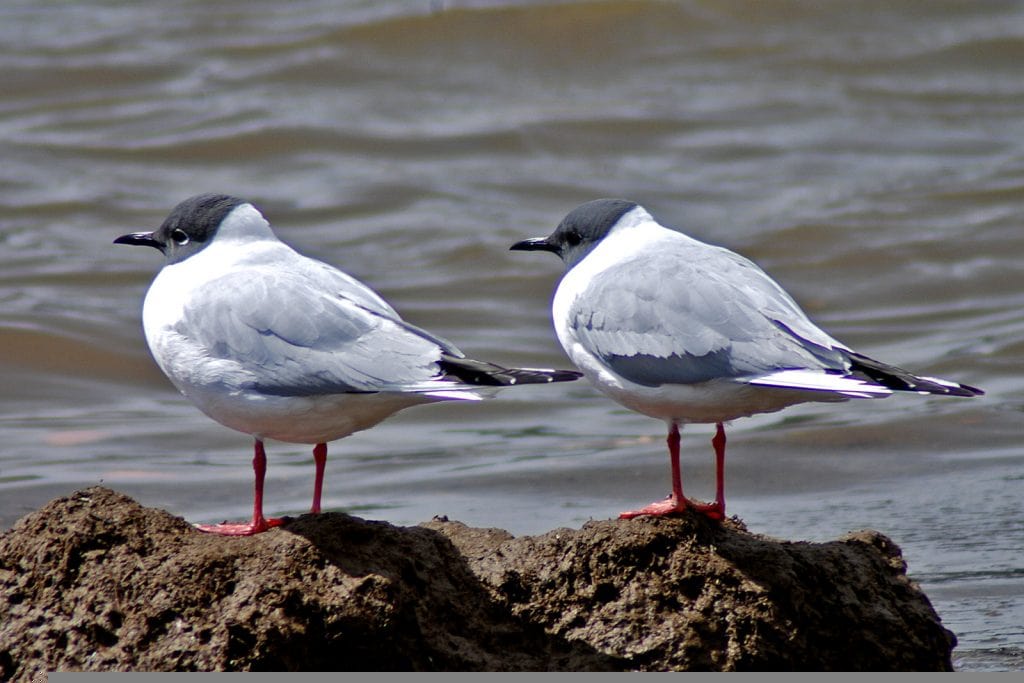 Bonaparte’s Gulls by Harley Mac
Bonaparte’s Gulls by Harley Mac